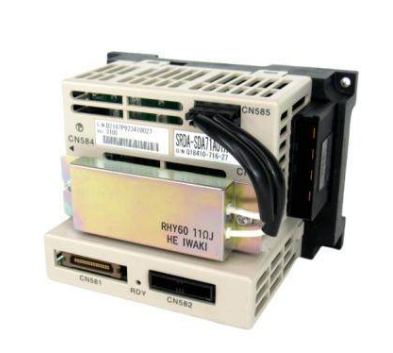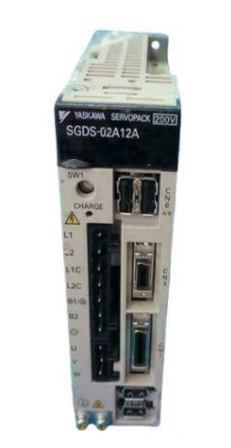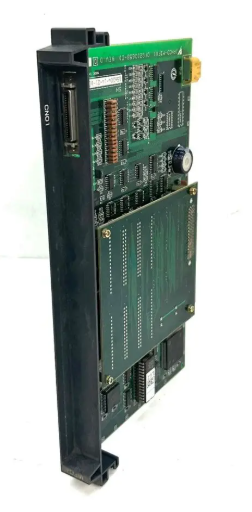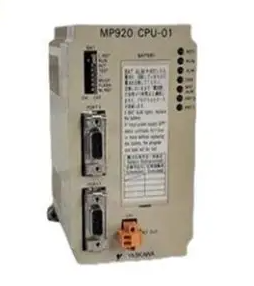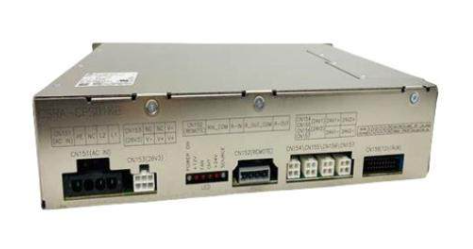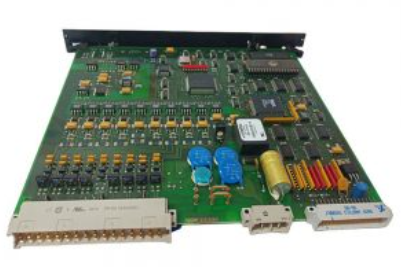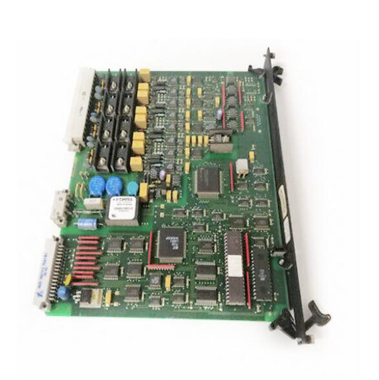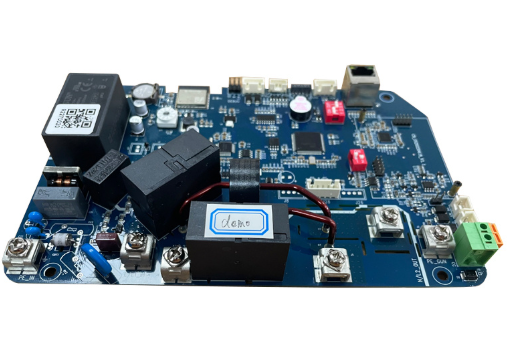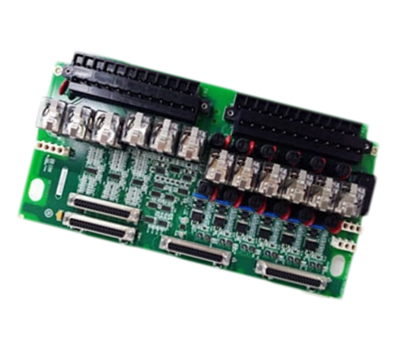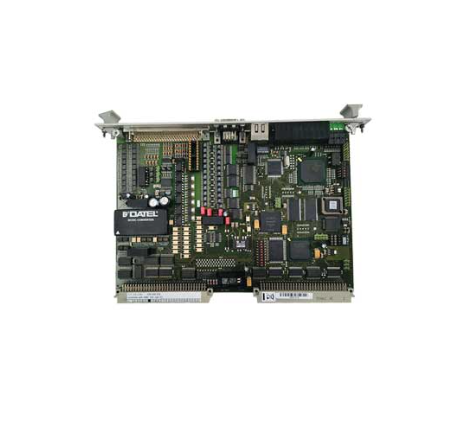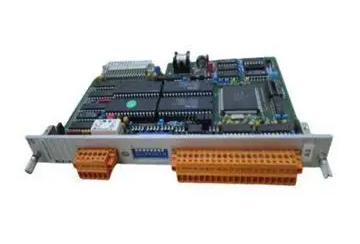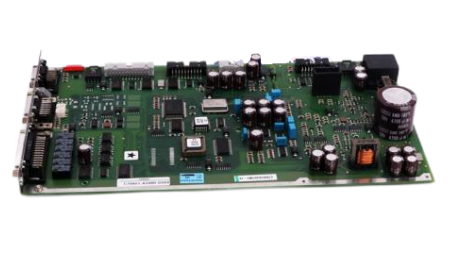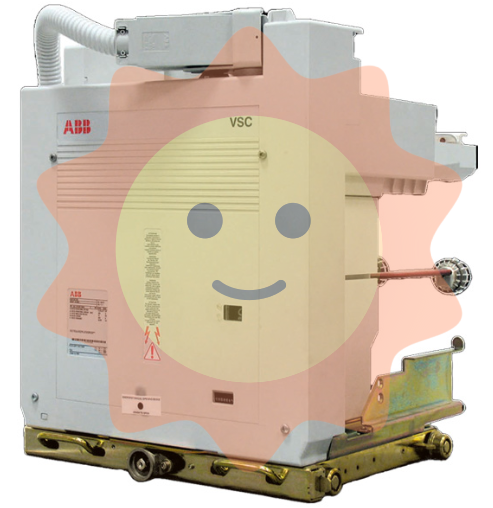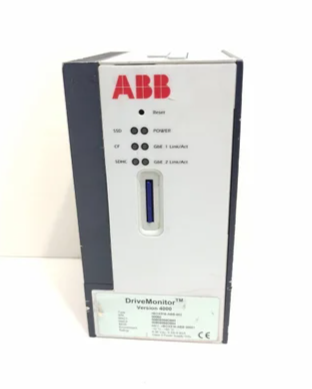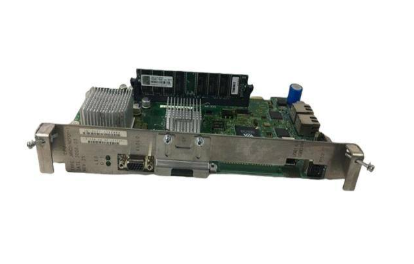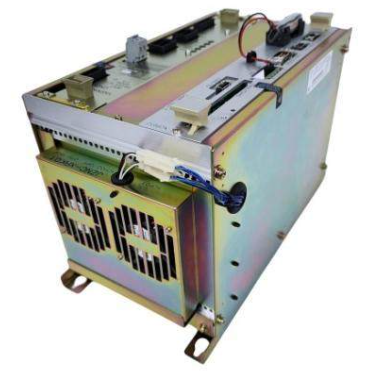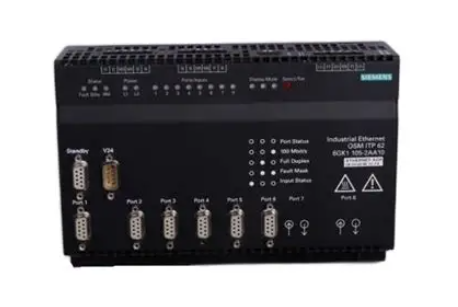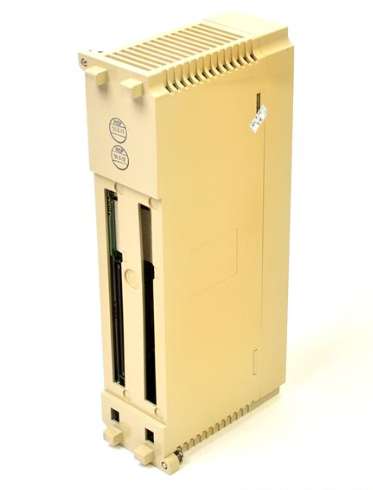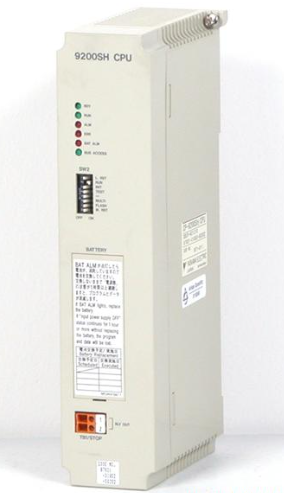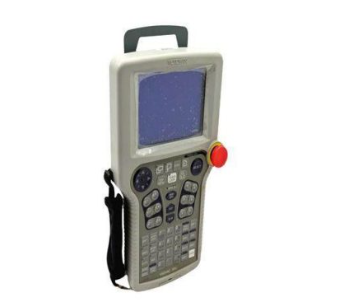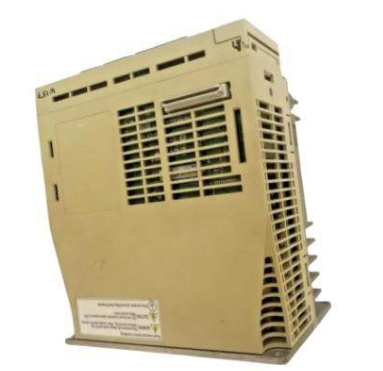AB 1756 IB32 ControlLogix 32-point DC (10…31.2V) Input Module Series B
Module and RTB/IFM keying: To prevent miswiring, key the module and RTB/IFM using wedge keying tags and u-tapes. Insert the U-band on the module and snap it into place, insert the wedge tag on the RTB or IFM and make sure it stops in place, then reposition the tag as needed.
Wiring Operations: When wiring modules with RTBs or IFMs, always disconnect the power or secure the area to prevent arcing and explosion. Module wiring has specific rules, such as all terminals of the same name being connected to each other on the module, daisy chaining in the prescribed manner, and no more than two wires being connected to a single terminal at any one time. If a separate power supply is used, the specified isolation voltage must not be exceeded. After completing the field wiring, secure the wires to the strain relief area . For spring-loaded RTBs, strip no more than 11 mm (7/16 in.) of wire, insert a screwdriver into the RTB bore, insert the wire, and remove the screwdriver; for cage-type RTBs, strip no more than 9.5 mm (3/8 in.) of wire, insert the wire, and then turn the screw clockwise to close the terminal .
RTB Installation and Removal: To assemble the RTB and housing, align the notches on the bottom of the housing with the side edges of the RTB and slide the RTB into the housing until it snaps into place. Before installing the RTB on the module, verify that power is disconnected or the area is secure, field wiring is complete, the RTB enclosure is installed and closed, and the locking tabs on the top of the module are unlocked. To install, align the side, top, and bottom rails, press quickly and evenly to hold the RTB in place, and slide the locking tab to secure it. To remove the module, you must first remove the RTB by unlocking the locking tab on the top of the module, opening the RTB door, and then pulling the RTB off the module.
Status Indication and Troubleshooting
Status Indicator Function: The module is equipped with a yellow indicator to show the status of each I/O point and a two-colour (red/green) indicator to show the ‘OK’ status of the module. When the module is powered on, the indicator will be tested, the ‘OK’ indicator will turn red for 1 second, and if it passes the self-test, it will change to blinking green; the I/O status indicator will be on for 2 seconds at most, and then turn off.
Failure judgement and processing: According to the different states of the indicator, you can judge the working status and failure of the module. For example, the steady green ‘OK’ light indicates that the inputs are being multicast and are in normal operation, so no operation is required; the flashing green light indicates that the module has passed the internal diagnosis but the inputs are not being multicast, so it is necessary to configure the module using the RSLogix 5000 programming software; the flashing red light indicates that the previously established communication has timed out, so it is necessary to check the communication between the controller and the chassis; the steady red light indicates that the module is working and faulty. A steady red colour indicates that the module has suffered an unrecoverable error and needs to be replaced; a yellow I/O status indicator means that the input is active and does not require handling.
Specifications and Certifications
Specifications: This module has 32 inputs (16 shared) and fits in the 1756 ControlLogix chassis. It has a nominal input voltage of 24V DC and a maximum power dissipation of 6.2W at 140°F (60°C). Backplane current is 120mA at 5.1V DC, 2mA at 24V DC, and backplane power is 0.66W. Thermal dissipation is 21.1 BTU/hr at 140°F (60°C). The on-state voltage range is 10...31.2V DC, the on-state current varies with different voltages, and the off-state voltage and current are limited to the corresponding maximum values. The input impedance is 5.67 kΩ max. at 31.2 V DC, the input delay time can be set via a programmable filter, and there are software-configurable diagnostics and timestamp functions. In addition, short circuit/inrush current limiting is available.
Environmental specifications: Operating temperature range 0...60°C (32...140°F), relative humidity 5...95% non-condensing. Withstands vibration of 2 g (10...500 Hz), 30 g for operating shock and 50 g for non-operating shock. In terms of electromagnetic compatibility, it complies with relevant standards, such as the EMC directive, LVD directive, etc., and has a certain degree of anti-interference capability.
Certification information: Passed a variety of certifications, including c - UL - us (UL Listed industrial control equipment for the United States and Canada, File No. E65584; UL Listed for use in Class 1, Division 2 Group A,B,C,D hazardous areas for the United States and Canada, File No. E194810), FM (FM Approved equipment for Class I, Division 2 Group A,B,C,D hazardous areas for the United States and Canada, File No. E194810), FM Approved equipment for Class I Division 2 Group A,B,C,D hazardous areas), CE (in accordance with relevant EU directives, such as the EMC Directive, LVD Directive, etc.), Ex (in accordance with the EU ATEX Directive), C-Tick (in accordance with the Australian Radiocommunications Act), TÜV (TÜV certified, functional safety up to SIL 2) and so on. SIL 2), etc.
- EMERSON
- Honeywell
- CTI
- Rolls-Royce
- General Electric
- Woodward
- Yaskawa
- xYCOM
- Motorola
- Siemens
- Rockwell
- ABB
- B&R
- HIMA
- Construction site
- electricity
- Automobile market
- PLC
- DCS
- Motor drivers
- VSD
- Implications
- cement
- CO2
- CEM
- methane
- Artificial intelligence
- Titanic
- Solar energy
- Hydrogen fuel cell
- Hydrogen and fuel cells
- Hydrogen and oxygen fuel cells
- tyre
- Chemical fiber
- dynamo
- corpuscle
- Pulp and paper
- printing
- fossil
- FANUC
- Food and beverage
- Life science
- Sewage treatment
- Personal care
- electricity
- boats
- infrastructure
- Automobile industry
- metallurgy
- Nuclear power generation
- Geothermal power generation
- Water and wastewater
- Infrastructure construction
- Mine hazard
- steel
- papermaking
- Natural gas industry
- Infrastructure construction
- Power and energy
- Rubber and plastic
- Renewable energy
- pharmacy
- mining
- Plastic industry
- Schneider
- Kongsberg
- NI
- Wind energy
- International petroleum
- International new energy network
- gas
- WATLOW
- ProSoft
- SEW
- wind
- ADVANCED
- Reliance
- YOKOGAWA
- TRICONEX
- FOXBORO
- METSO
- MAN
- Advantest
- ADVANCED
- ALSTOM
- Control Wave
- AB
- AMAT
- STUDER
- KONGSBERG
- MOTOROLA
- DANAHER MOTION
- Bently
- Galil
- EATON
- MOLEX
- Triconex
- DEIF
- B&W
- ZYGO
- Aerotech
- DANFOSS
- KOLLMORGEN
- Beijer
- Endress+Hauser
- MOOG
- KB
- Moxa
- Rexroth
- YAMAHA
- Johnson
- Westinghouse
- WAGO
- TOSHIBA
- TEKTRONIX
- BENDER
- BMCM
- SMC


Email:wang@kongjiangauto.com


